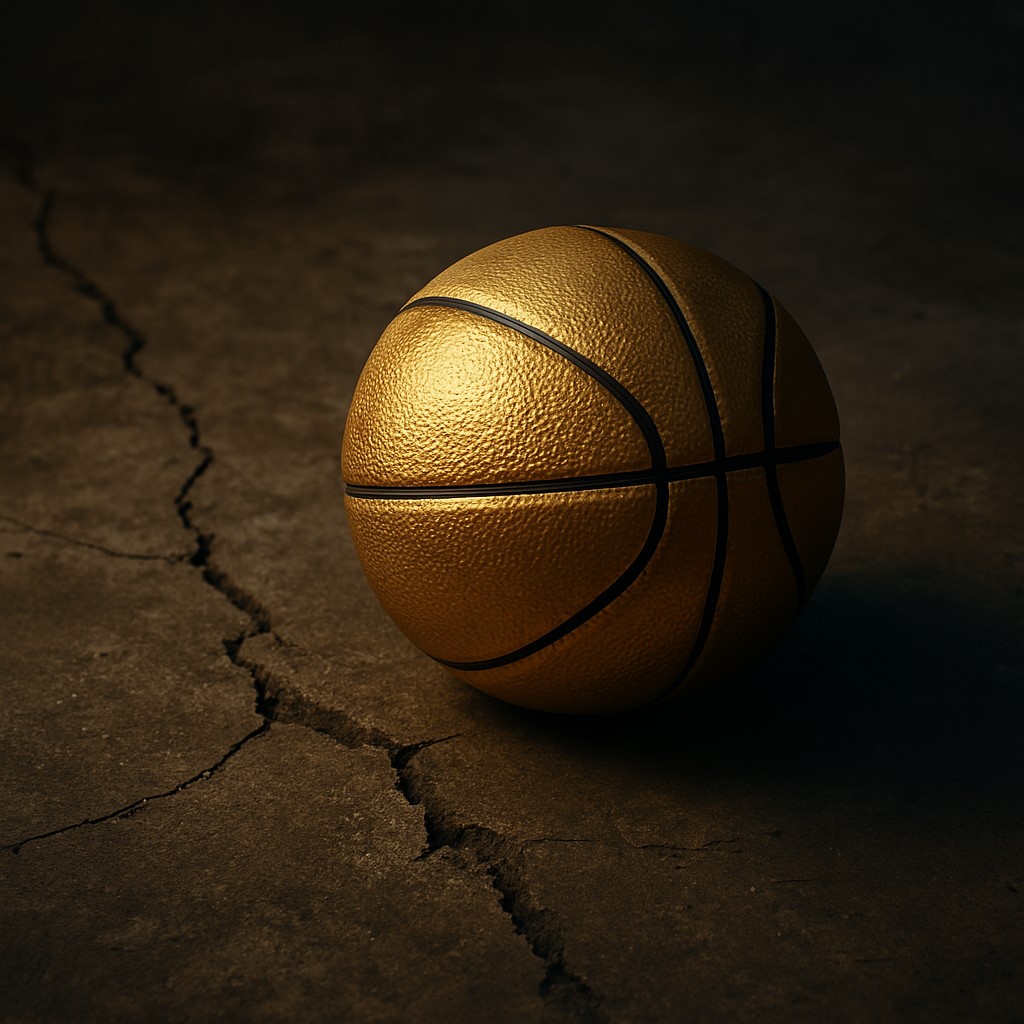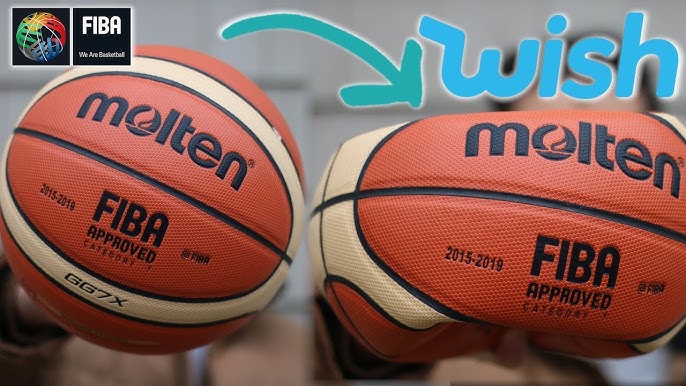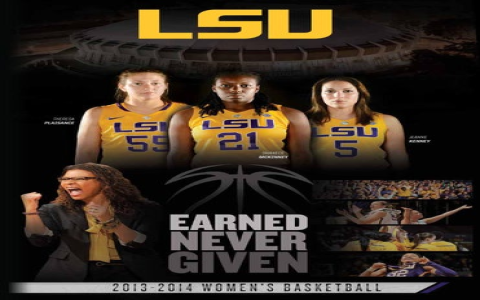Okay, so I recently went down a bit of a rabbit hole trying to figure out this whole FIBA basketball price thing. It wasn’t for anything super serious, just my kid’s team was starting to play more organized games, and the coach kept saying we needed a “proper FIBA ball.” Naturally, I thought, “Alright, how much can a basketball cost?”

First thing I did was hit the usual online spots, then checked a couple of local sporting goods stores. Man, what a mess. You see balls labeled “FIBA Approved” everywhere, but the prices were all over the place. I saw some for like thirty bucks, and others pushing past a hundred, sometimes way past. What gives? A ball’s a ball, right? Apparently not.
So, I started digging a bit. Trying to understand what “FIBA Approved” even means. It seems like it’s gotta meet certain specs – size, weight, how it bounces, that kind of stuff. Okay, makes sense. But why the huge price difference then? If they’re all “approved,” shouldn’t they be kinda similar?
Then I noticed the brands. You got Molten, which seems to be the big official one for lots of FIBA tournaments. Their top balls? Super expensive. Then you got other brands, good brands like Spalding or Wilson, sometimes they have FIBA approved models too, and they might be cheaper. But the official Molten game balls, the ones you see the pros use in FIBA games, they were consistently at the top end of the price scale.
It kinda reminded me of when I tried to get a simple permit for adding a small deck to my house years ago. Suddenly, everything needed an “official stamp,” and every stamp cost a fortune. Regular wood? Nah, needed “approved lumber.” Standard screws? Nope, gotta be these special “code-compliant” ones. Felt like the same game here. Slap an “official” label on it, and the price magically triples. It’s like they know you’re stuck if you need the real deal.
Eventually, I pieced it together. Those super pricey Molten balls, like their latest official game model, use fancier materials, maybe some special construction tech, and probably a hefty chunk of the price is just paying for that official FIBA partnership and branding. The cheaper “FIBA Approved” balls? They meet the basic standards FIBA sets out, but they’re likely made with less premium materials or simpler methods. Good enough to pass the test, but not the exact same thing the pros are using on TV.

In the end, I decided against getting the top-of-the-line official game ball. Seemed like overkill for a bunch of kids just learning the ropes. I found a mid-range ball, still FIBA Approved, from a decent brand. It met the coach’s requirement without breaking the bank. It bounces right, feels good enough. So, yeah, “FIBA basketball price” isn’t one price. It’s a whole range, depending on whether you need the actual official game ball or just one that meets the basic FIBA standards. Pays to know the difference before you splash the cash.












